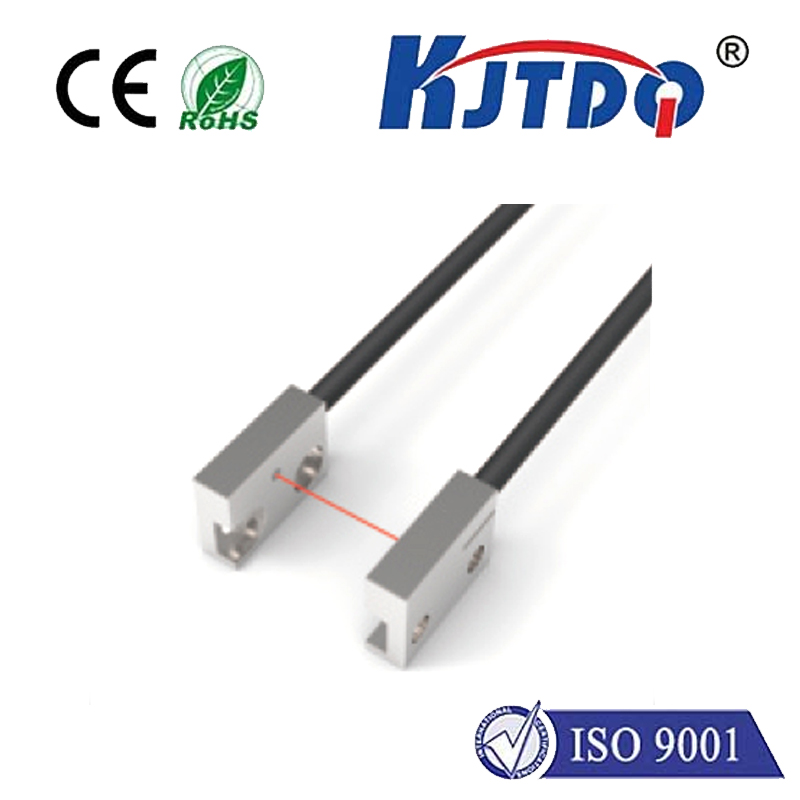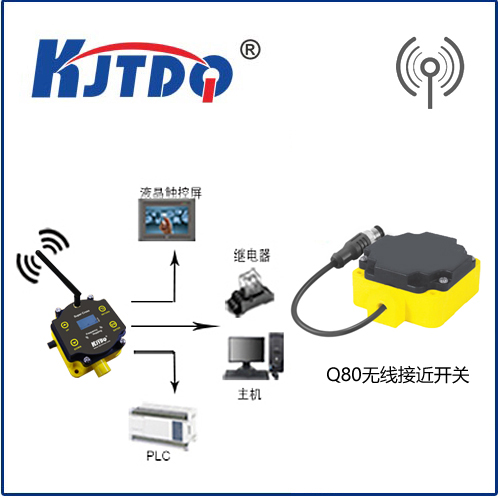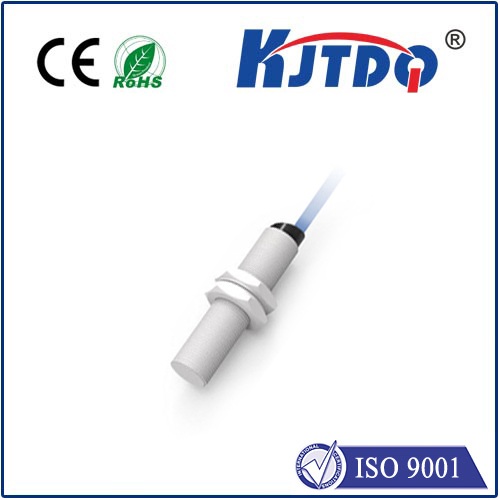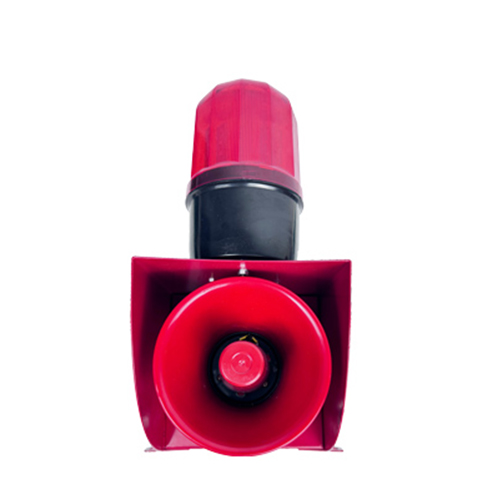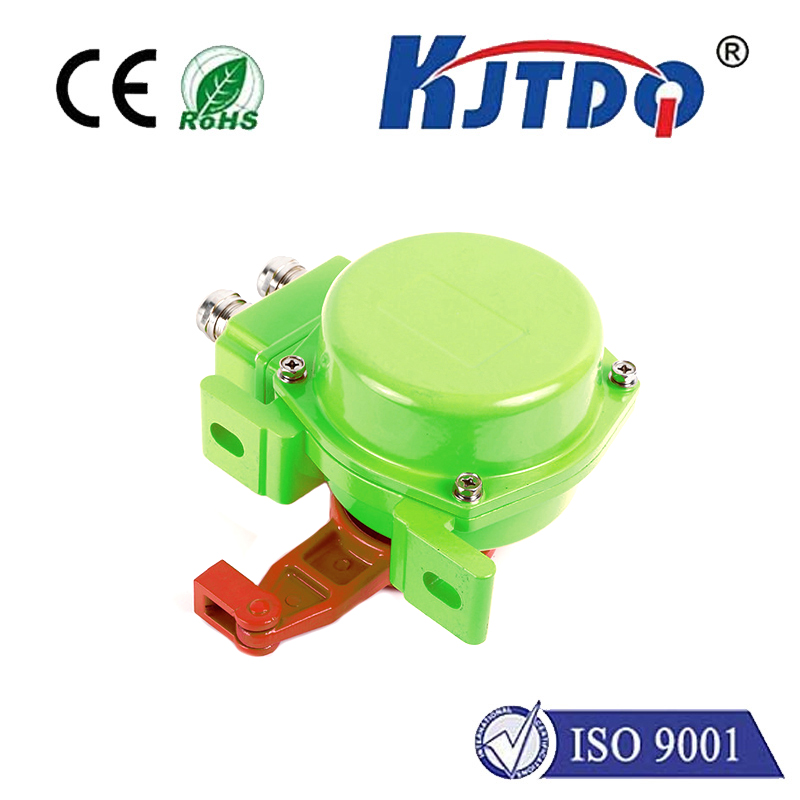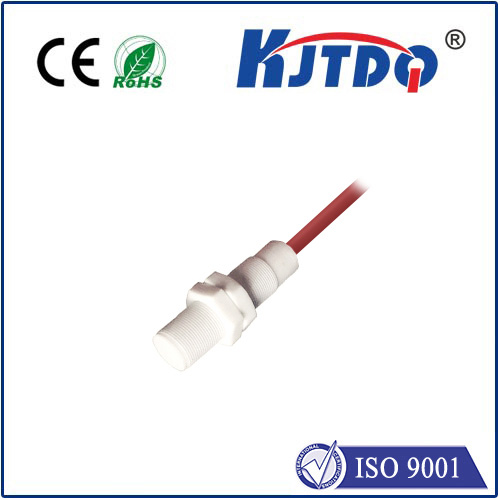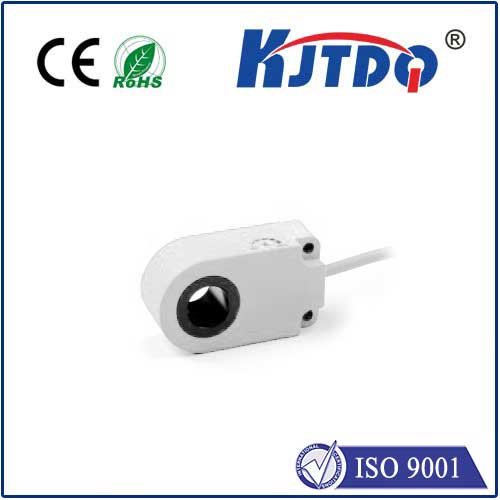foot sensor
- time:2025-08-19 12:33:17
- Нажмите:0
The Silent Revolution Beneath Your Feet: How Foot Sensors Are Reshaping Our World
Введение: Imagine technology so intuitive, so seamlessly integrated, it understands your movement from the ground up – literally. That’s the profound, yet often unseen, power of foot sensors. Far from being niche gadgets, these sophisticated devices are quietly transforming industries from healthcare and elite sport to everyday wellness and even virtual reality. They capture the intricate dialogue between our bodies and the earth, translating subtle pressures, forces, and motions into valuable data that unlocks insights once unimaginable. This silent revolution beneath our soles is paving the way for a smarter, healthier, and more connected future.
Demystifying Foot Sensor Technology
At their core, foot sensors are miniaturized devices designed to measure various biomechanical parameters directly from the foot. This typically involves:
- Pressure Mapping: Arrays of tiny sensors embedded in insoles or mats capture the distribution and magnitude of force (plantar pressure) across the entire foot surface in real-time. This reveals weight distribution, pressure hotspots (critical for diabetic care), and gait imbalances.
- Motion Capture: Inertial Measurement Units (IMUs), including accelerometers and gyroscopes, track the foot’s movement in three-dimensional space – acceleration, rotation, and orientation. This is vital for analyzing gait patterns and athletic performance.
- Force Measurement: Specialized sensors can quantify the sheer magnitude of vertical and shear forces exerted during standing, walking, running, or jumping.
This data, often wirelessly transmitted to smartphones, tablets, or cloud platforms via Bluetooth or Wi-Fi, undergoes sophisticated analysis. The result? A precise, quantitative understanding of how we interact with the ground.

The Bedrock of Health: Foot Sensors in Medicine and Wellness
Perhaps the most critical application lies in healthcare and preventative wellness:
- Diabetic Foot Ulcer Prevention: For individuals with diabetes, neuropathy (loss of sensation) makes foot injuries perilous. Plantar pressure monitoring systems identify areas of abnormally high pressure long before visual signs appear or the patient feels discomfort. This enables proactive interventions like custom orthotics or footwear modifications, significantly reducing the risk of devastating ulcers and amputations. This predictive capability is revolutionizing diabetic foot care.
- Gait Analysis and Rehabilitation: Traditional observational gait analysis is subjective. Foot sensors provide objective, quantifiable data on timing, pressure distribution, and asymmetry during walking or running. Physical therapists leverage this gait analysis data to:
- Diagnose musculoskeletal disorders (like foot drop or arthritis impacts).
- Track recovery progress post-injury or surgery (e.g., ankle sprains, knee replacements).
- Design highly personalized rehabilitation programs targeting specific biomechanical deficits.
- Precisely fit orthotics and prosthetics for optimal function and comfort.
- Falls Risk Assessment in the Elderly: Subtle changes in gait patterns and stability can be early indicators of increased fall risk. Foot sensor systems can detect these subtle deteriorations, allowing for timely interventions like balance training or strength exercises to prevent debilitating falls.
Pushing Limits: The Athletic Edge with Foot Sensors
Elite athletes and coaches are harnessing the power of foot sensors to gain a critical competitive advantage and safeguard performance:
- Performance Optimization: By analyzing pressure mapping during runs, jumps, cuts, and landings, coaches can identify inefficient movement patterns, imbalances, or technique flaws. Insights into weight transfer, foot strike patterns (heel vs. forefoot), and propulsion efficiency allow for targeted technique adjustments to maximize power and speed while conserving energy.
- Injury Prevention and Management: Understanding the biomechanical loads placed on the foot and lower limbs during training and competition is paramount. Sensors can detect asymmetries or abnormal loading patterns that predispose athletes to stress fractures, plantar fasciitis, or Achilles tendinopathy. This data informs training load management, footwear selection, and preventative conditioning programs. Real-time feedback during rehab can also ensure athletes don’t overload healing tissues.
- Biomechanical Assessment and Shoe Fit: Beyond generic shoe sizes, foot sensors provide objective data on how an athlete’s foot interacts with a specific shoe model. This ensures optimal fit, support, and pressure distribution, crucial for both comfort and injury prevention.
Beyond Medicine and Sport: Footholds in Everyday Life
The influence of foot sensors is rapidly expanding into consumer applications:
- Smart Wearables Integration: Smart insoles are emerging consumer products, syncing with smartphones and watches. They track steps, calories burned, walking/running distance, and posture with enhanced foot-level accuracy compared to wrist-worn devices alone. Some even offer gait analysis feedback for casual runners or walkers aiming to improve form.
- Ergonomics and Workplace Safety: Prolonged standing in certain jobs can lead to discomfort and health issues. Pressure mapping mats can assess workstation ergonomics, helping design environments that reduce fatigue and potential musculoskeletal strain.
- Gaming and Virtual Reality (VR): Future VR systems could incorporate foot tracking for a more immersive experience, allowing users to walk, run, or kick within virtual environments. Pressure sensors could add another layer of realism to interactions.
- Pedorthics and Orthotics: The data from foot scanning mats and sensor-equipped insoles is invaluable for creating truly customized orthotics that address an individual’s specific pressure distribution needs and biomechanics.
The Future: Sensing Steps Towards Innovation
The trajectory of foot sensor technology points towards even greater integration, intelligence, and accessibility:
- Miniaturization and Material Science: Sensors are becoming smaller, more flexible, and less obtrusive, seamlessly integrating into thinner insoles and even fabrics.
- Advanced Analytics and AI: Data interpretation will move beyond basic metrics. AI-driven analytics will offer predictive insights, personalized coaching recommendations, and earlier detection of potential health issues by identifying subtle deviations from an individual’s norm.
- Real-time Biofeedback: Haptic feedback (subtle vibrations) integrated into insoles could provide real-time cues to correct posture, walking patterns, or weight distribution, accelerating learning and rehabilitation.
- Expanded Health Monitoring: Research continues into using foot sensors to detect biomarkers, monitor edema (swelling), or even measure blood oxygenation levels non-invasively, further embedding them into holistic health platforms. The potential for continuous, passive health monitoring is vast.
Выводы: From safeguarding the vulnerable feet of diabetics to shaving milliseconds off an athlete’s sprint time, foot sensors are proving indispensable tools. They transform the complex biomechanics of human movement into actionable intelligence, driving advancements in health outcomes, athletic performance, and everyday well-being. As technology continues its relentless miniaturization and the power of analytics grows, the silent data streams emanating from our feet will undoubtedly unlock even more profound possibilities, cementing the foot sensor as a fundamental pillar in our technologically augmented future.


